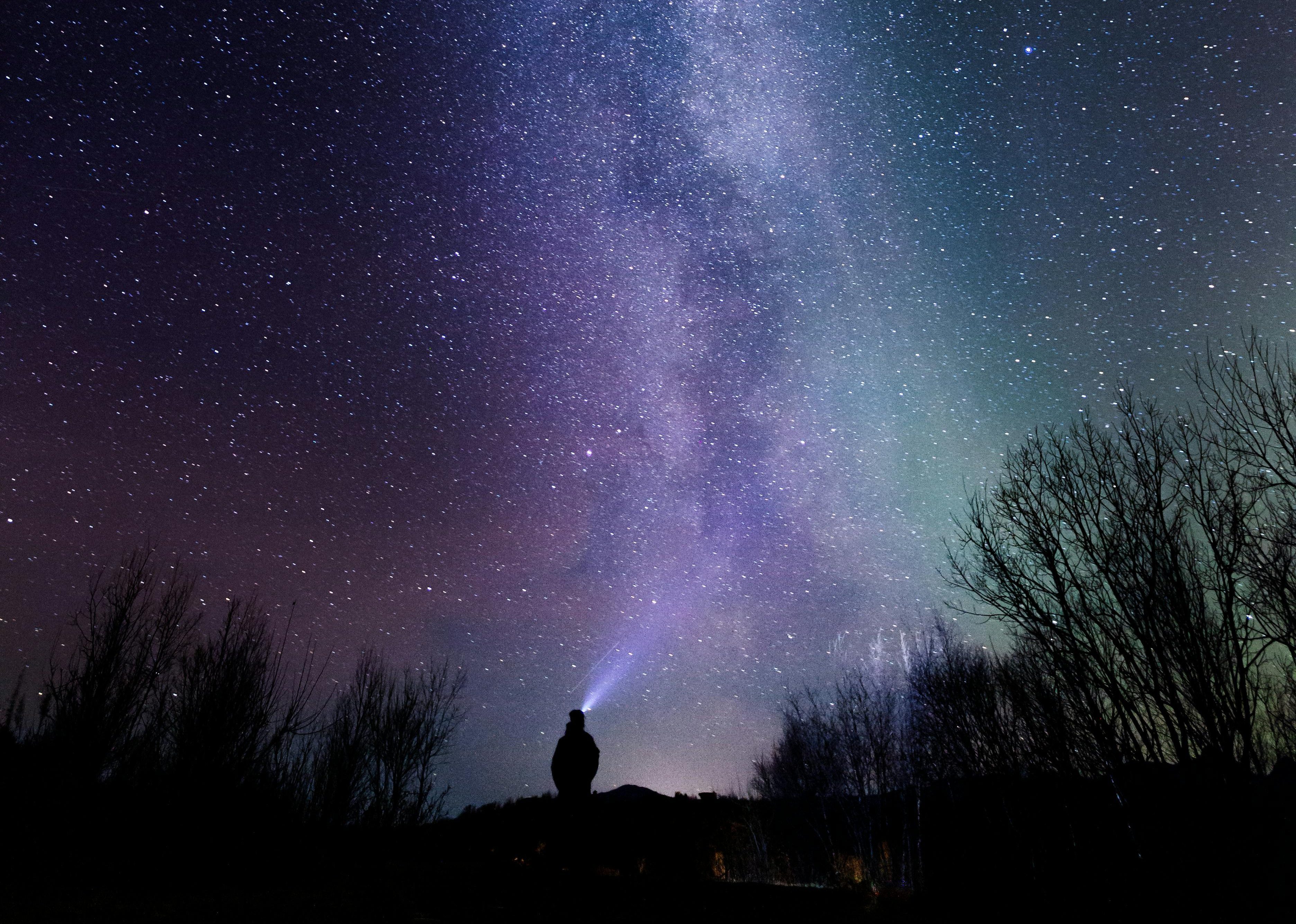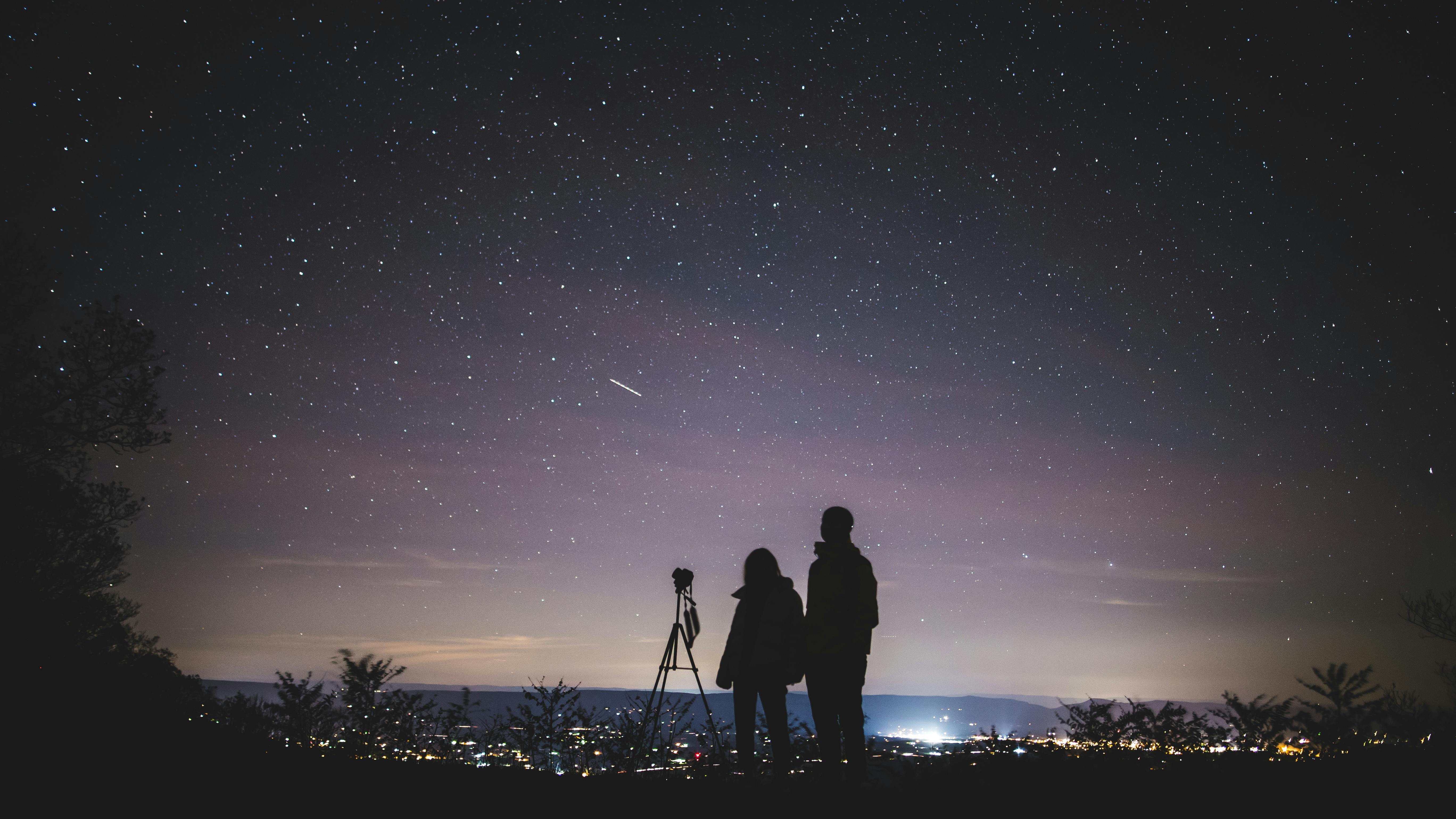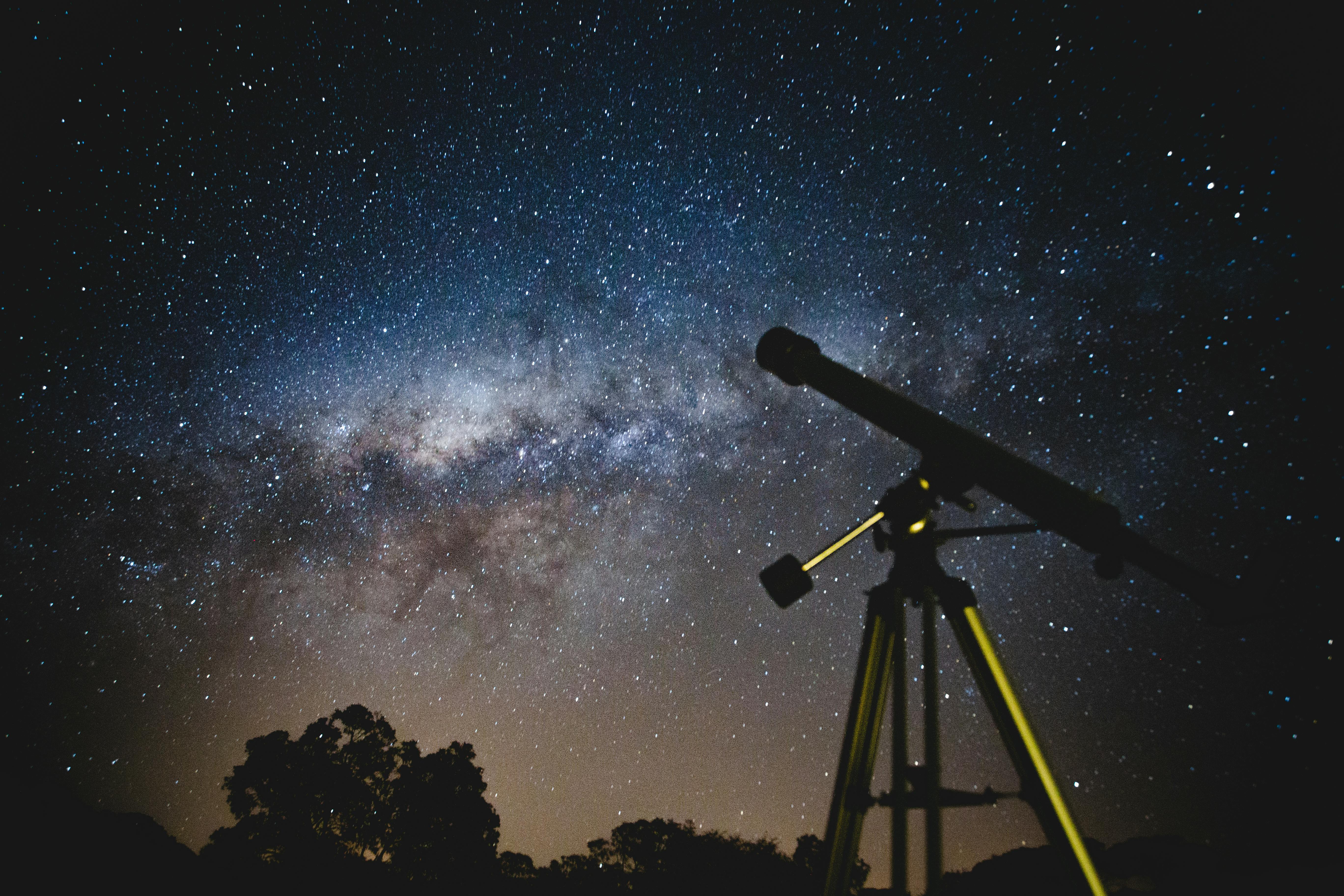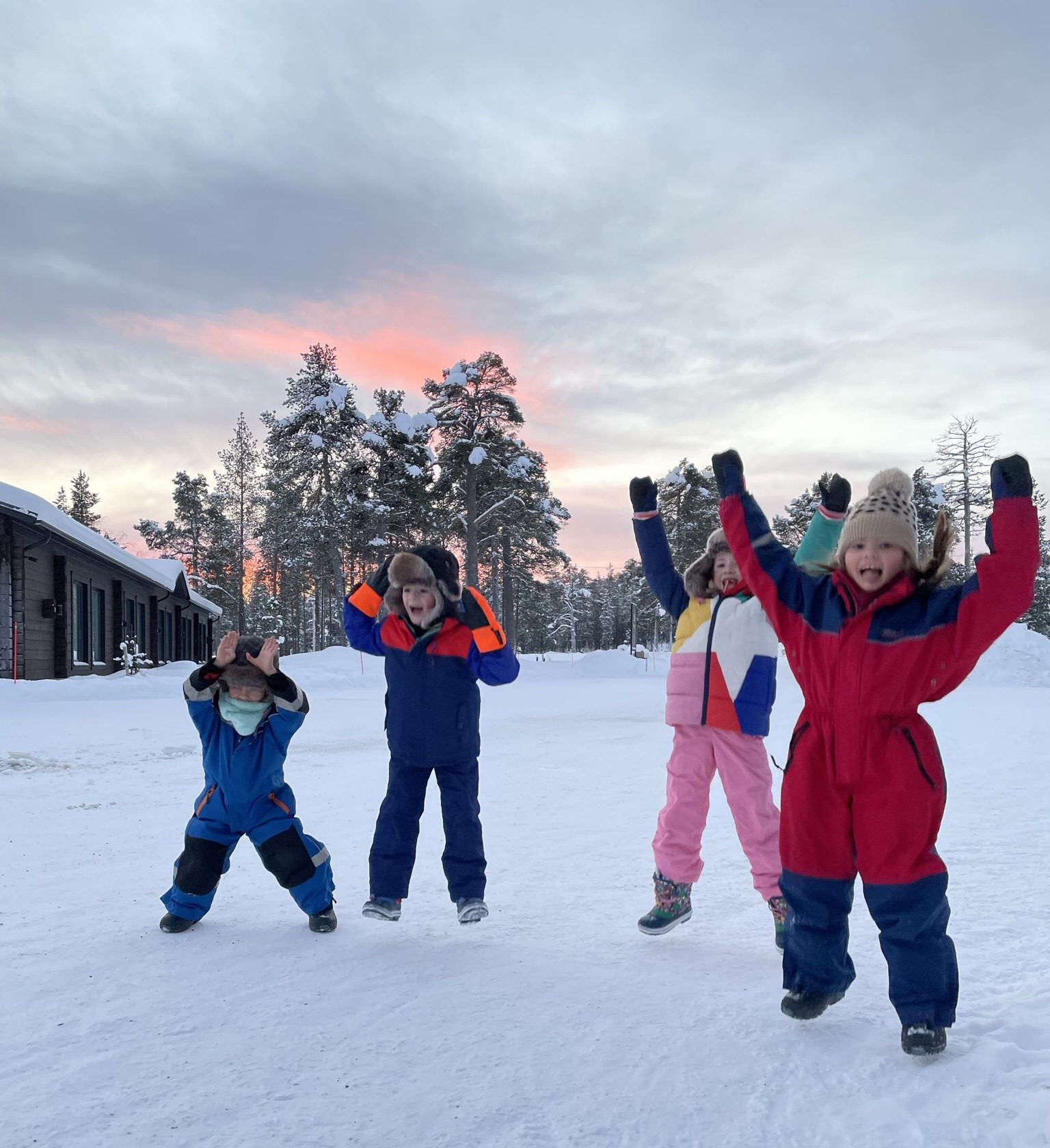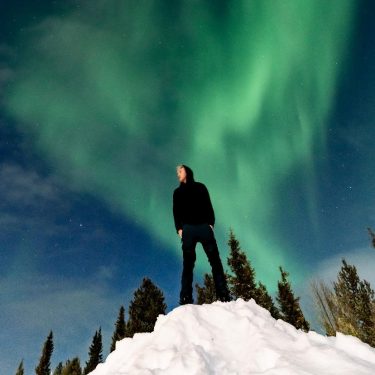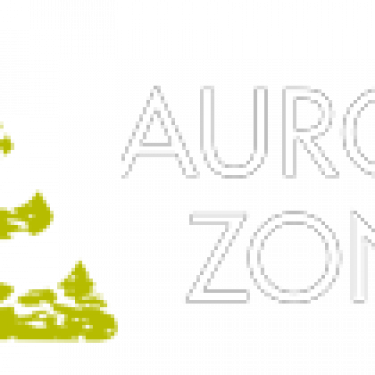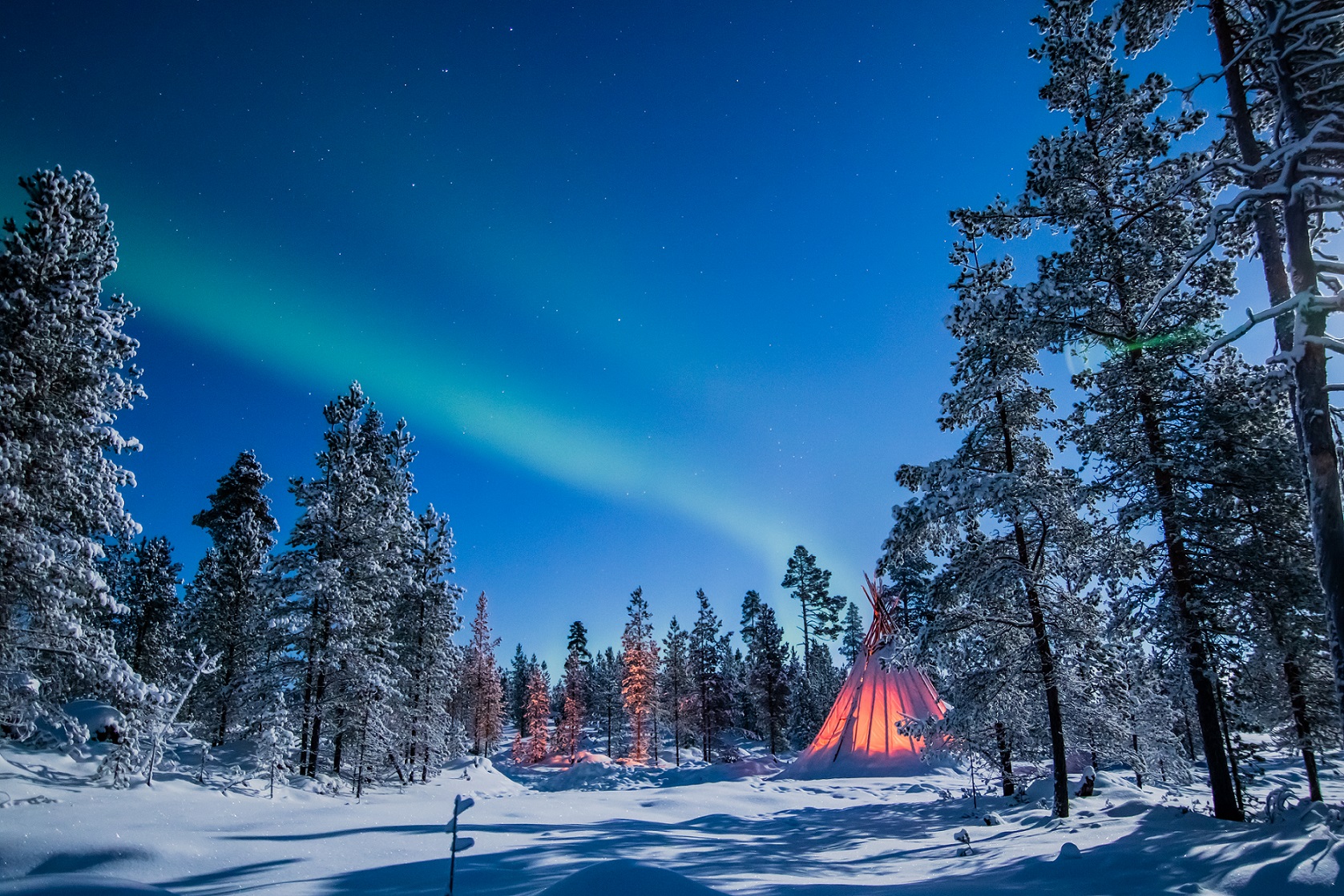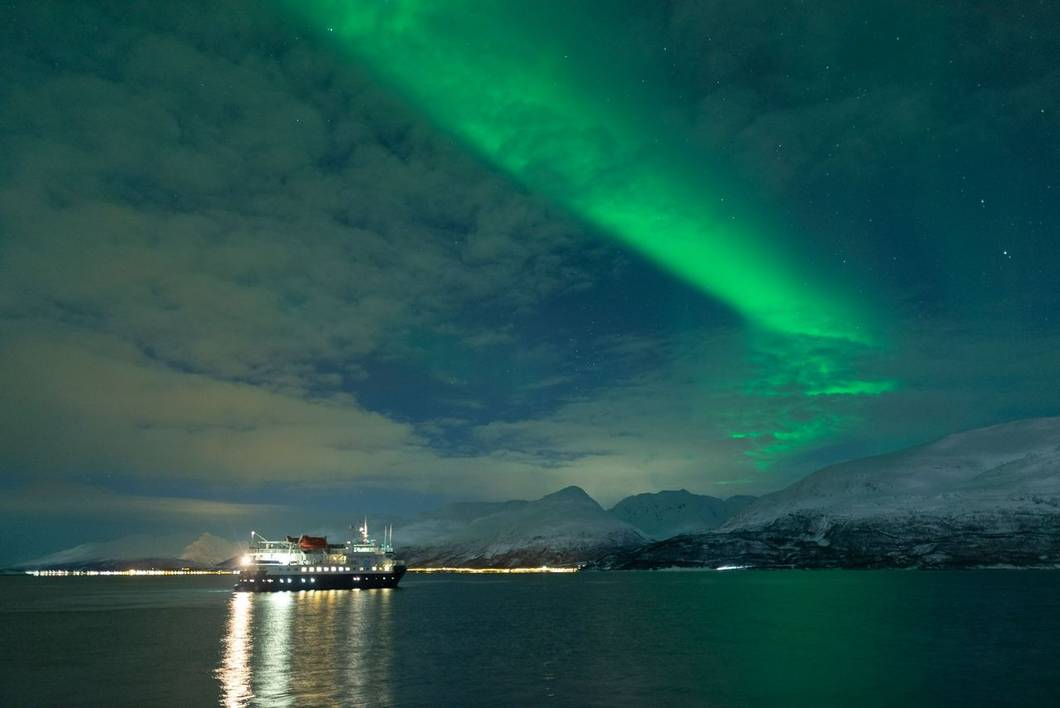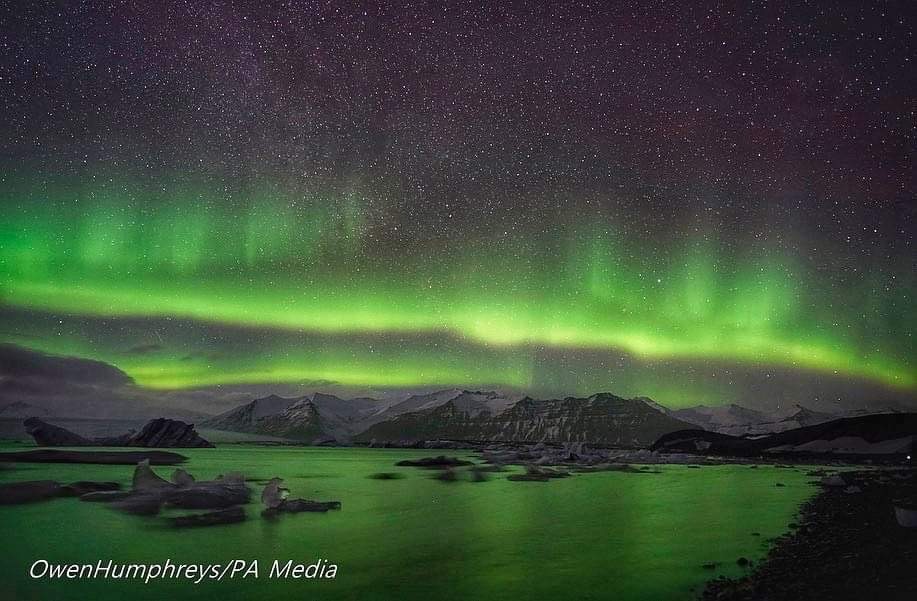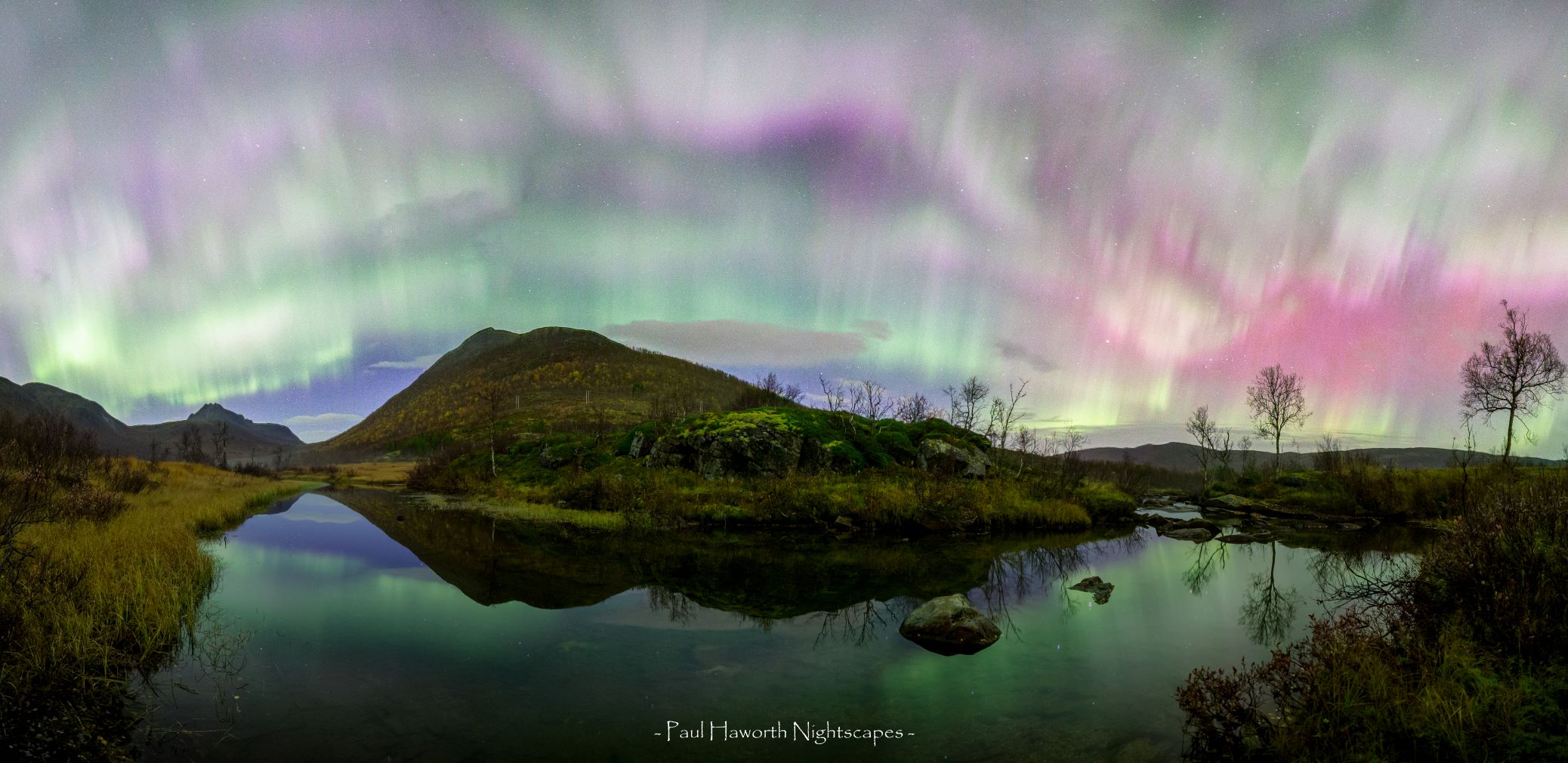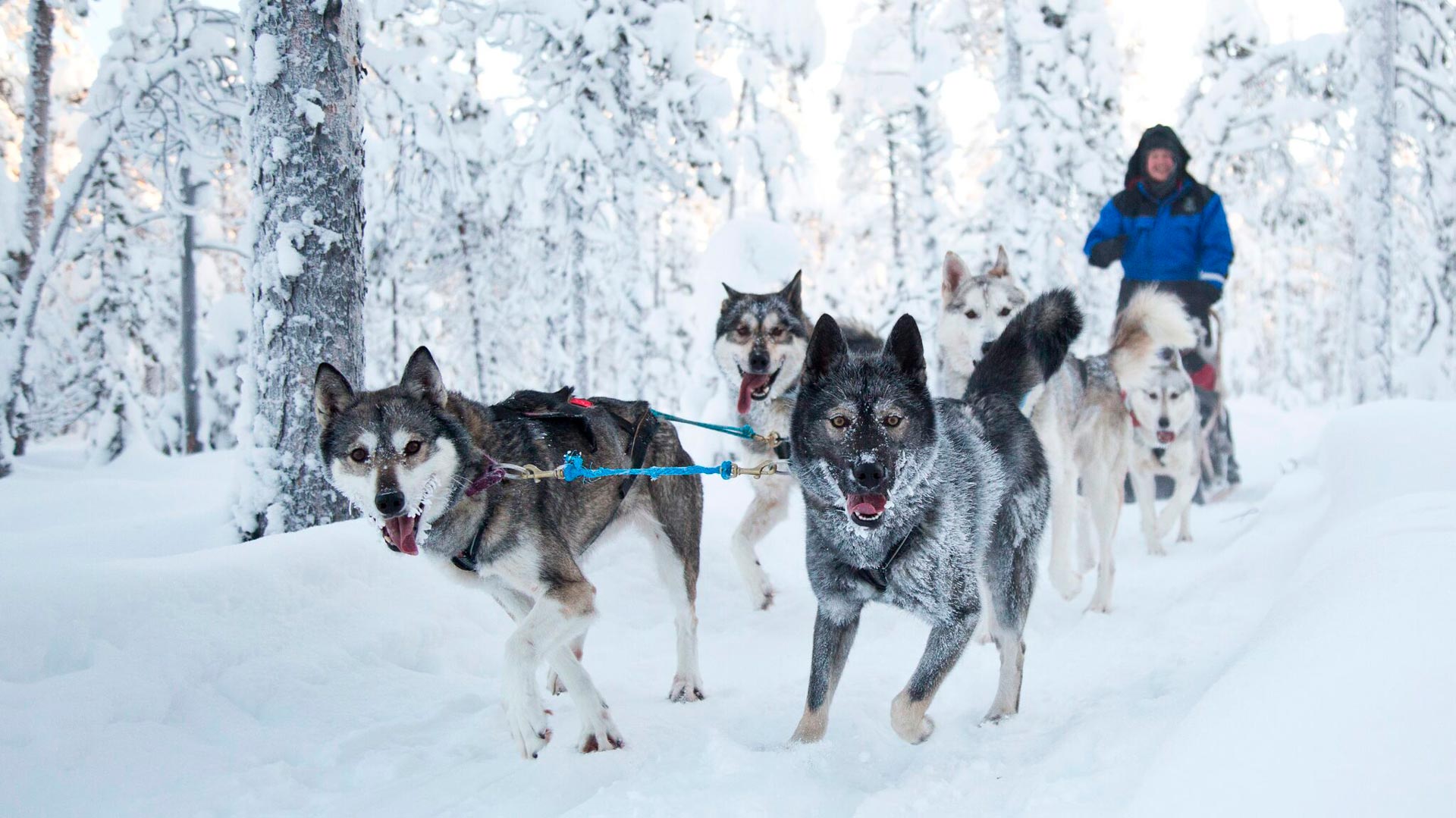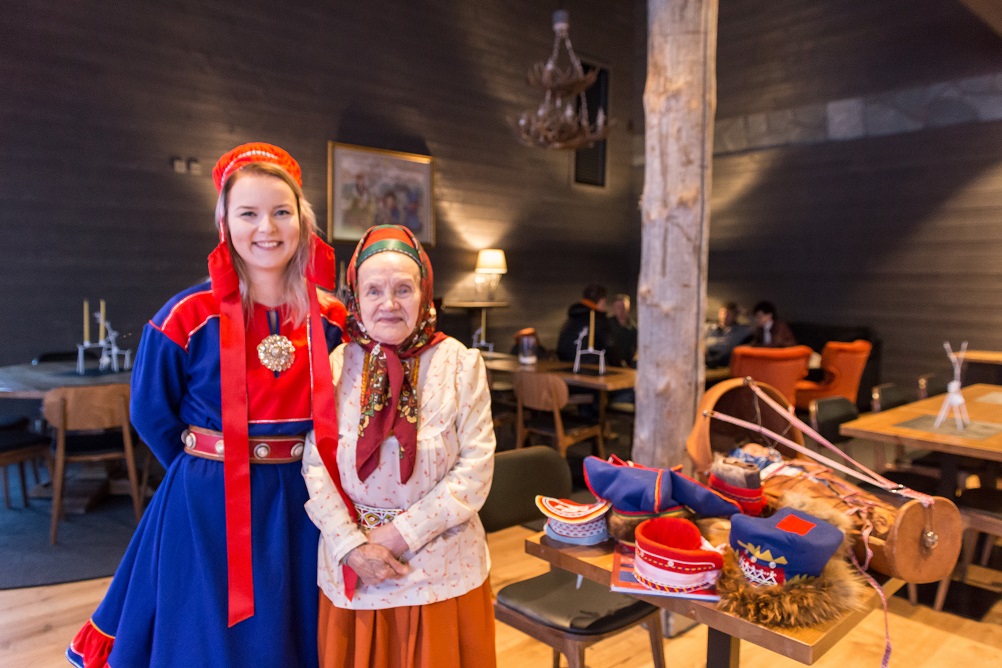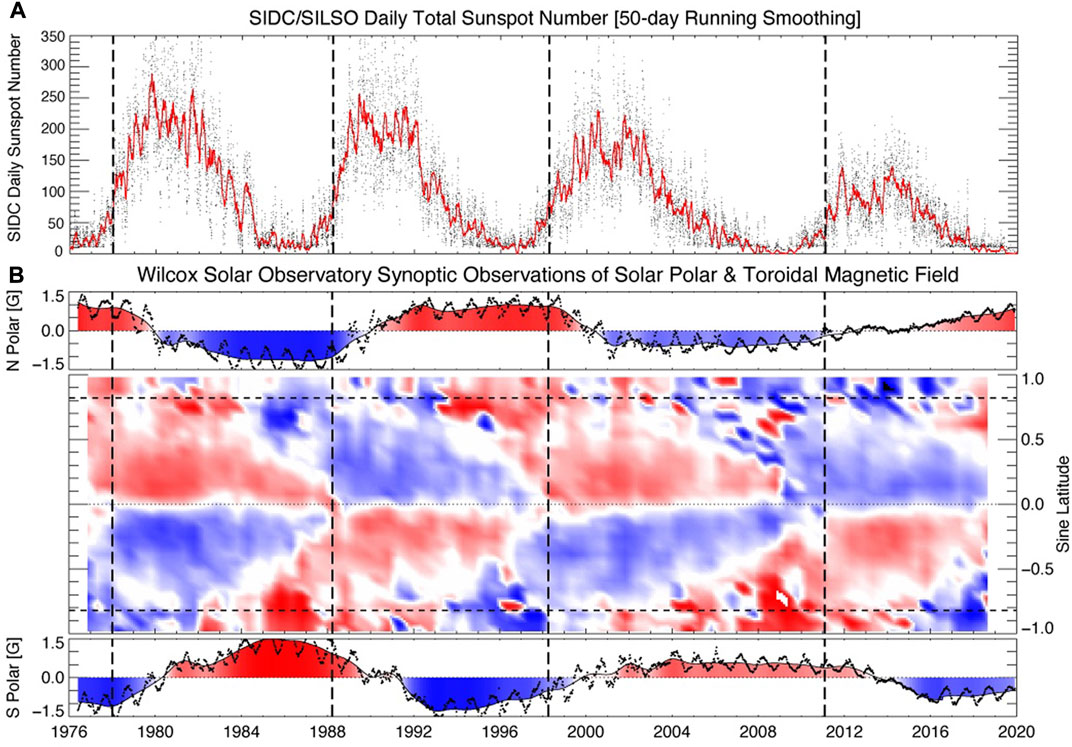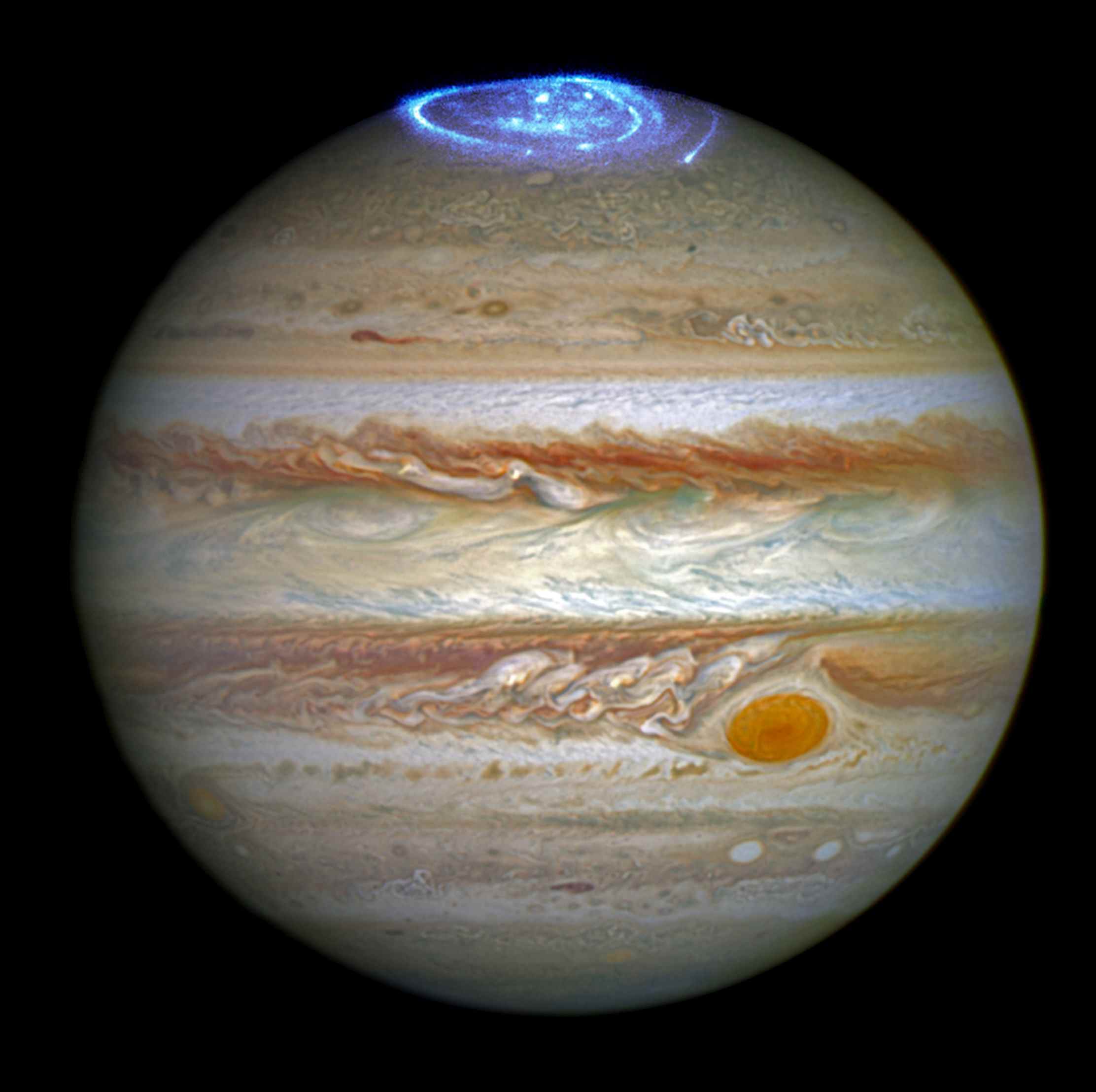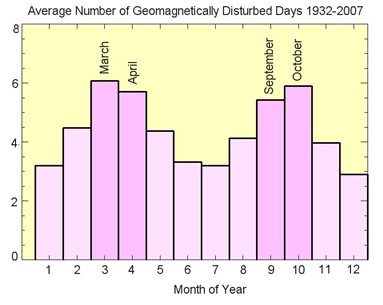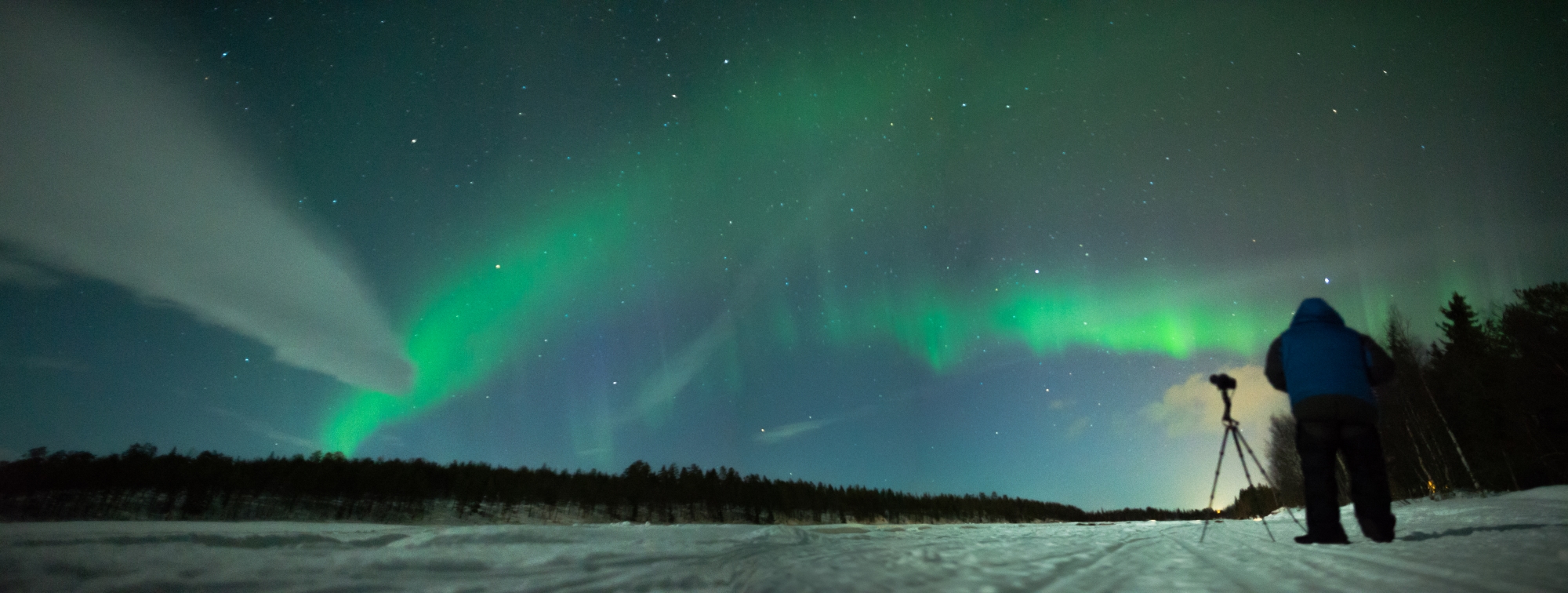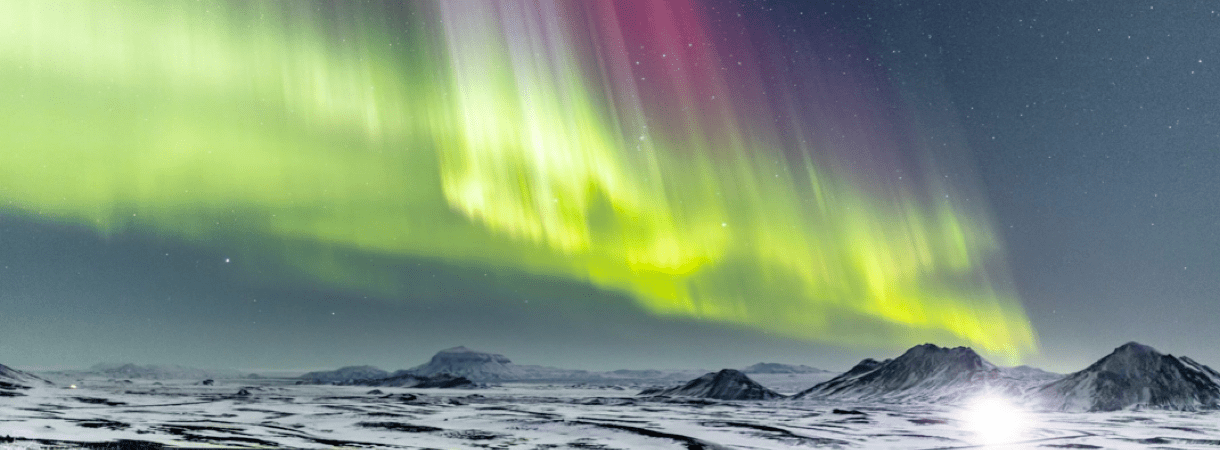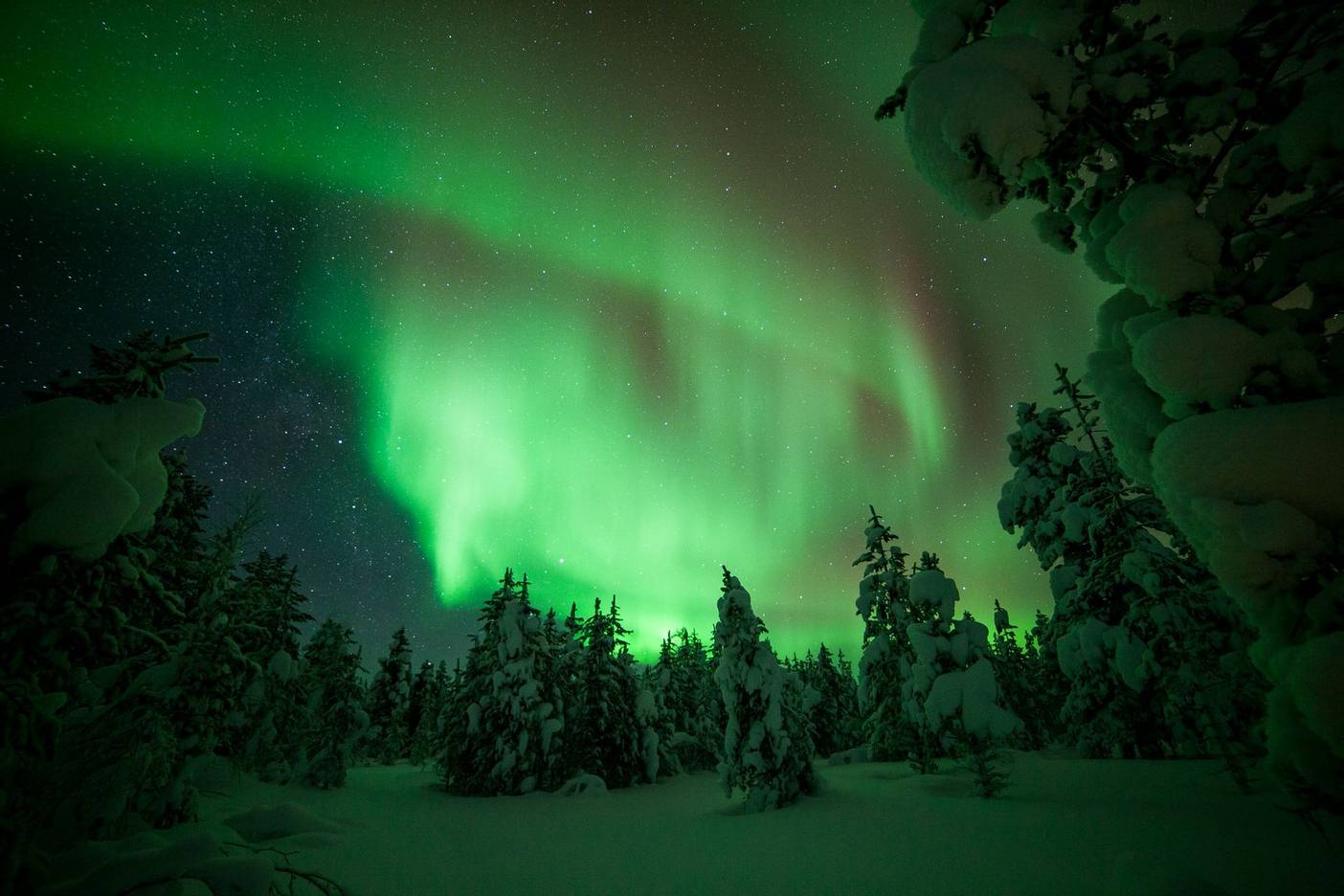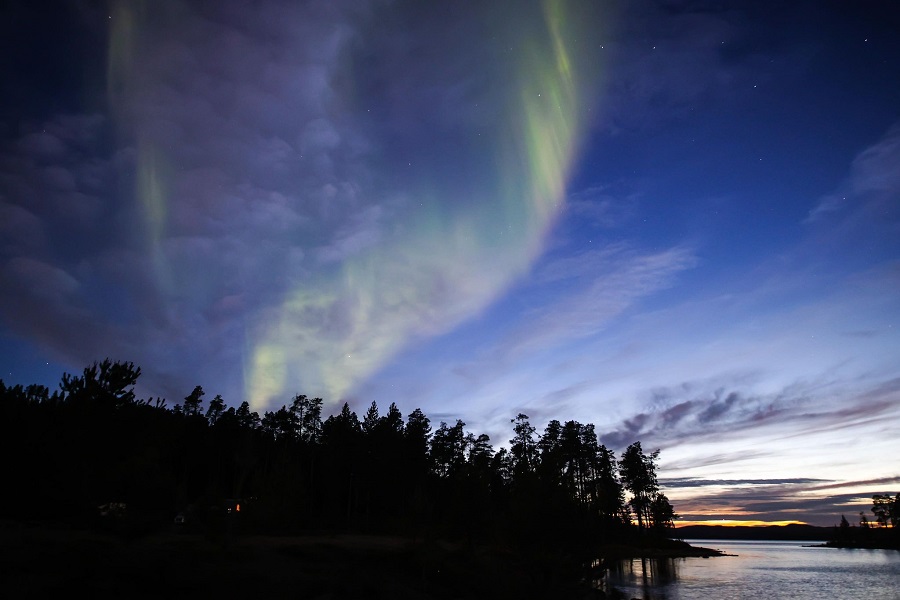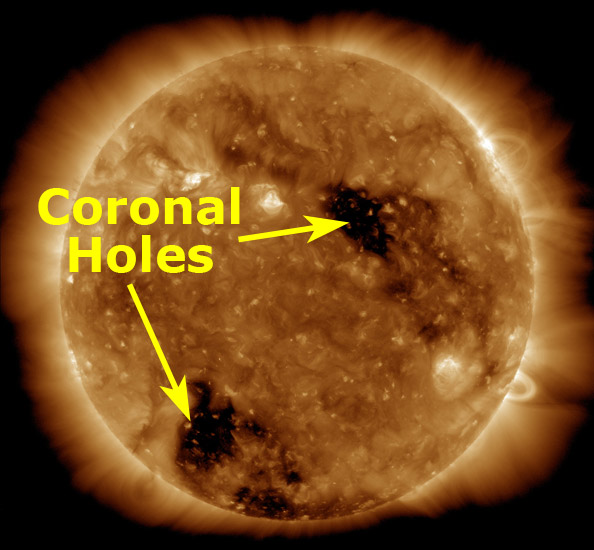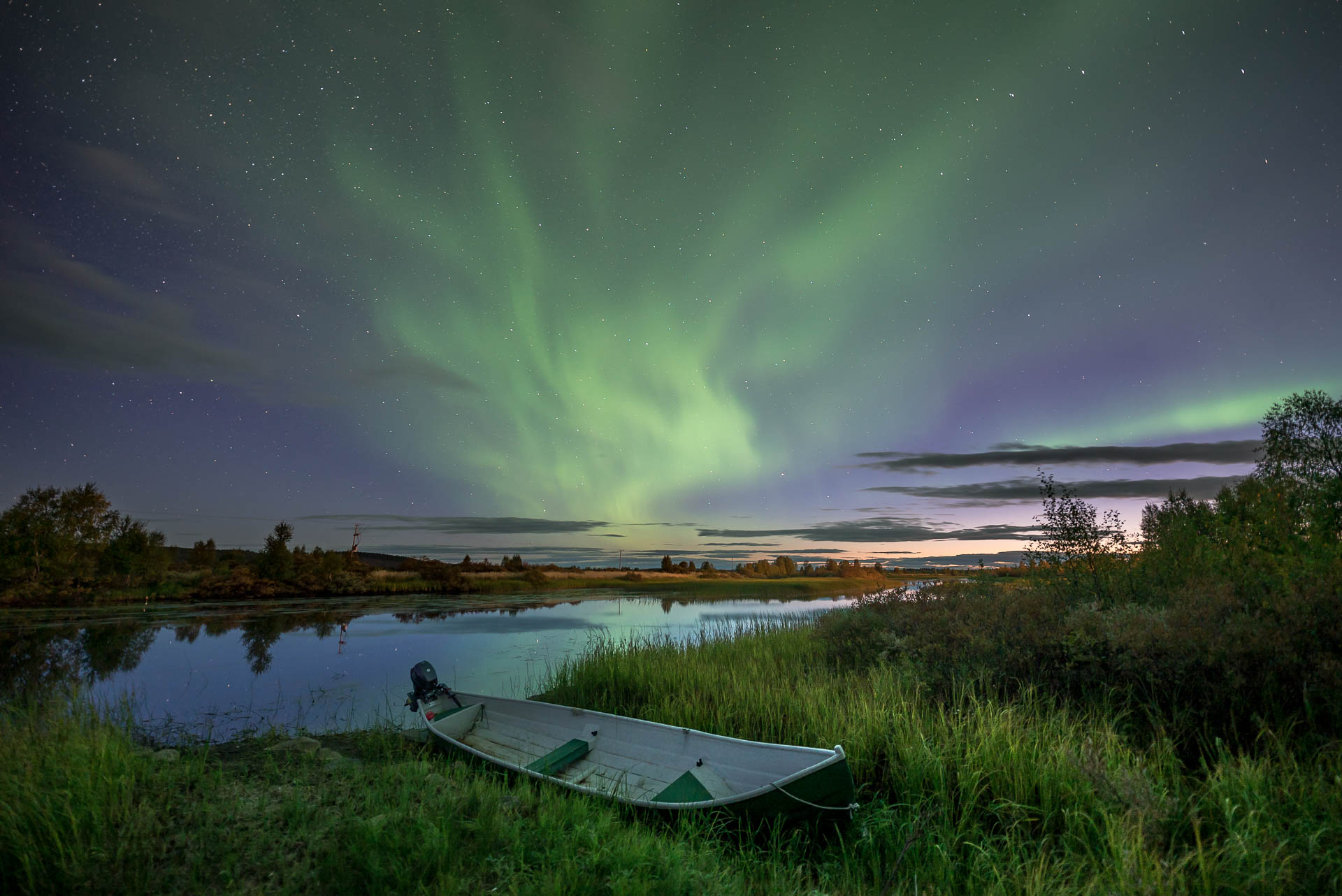Here’s why…
“It’s been absolutely relentless and, it’s not just the frequency but also the intensity. I grew up and lived here all my life and have never experienced such an amazing Aurora season.”
– Jouko Lappalainen
It’s safe to say that this Aurora hunting season has been the best in living memory. The Aurora has appeared in the Arctic night sky far, far more often than anybody (even NASA sponsored scientists!) believed possible. What’s more, many of these displays have been spectacular with myriad coloured lights blazing trails across the heavens and leaving even seasoned Aurora Guides spellbound and awestruck.
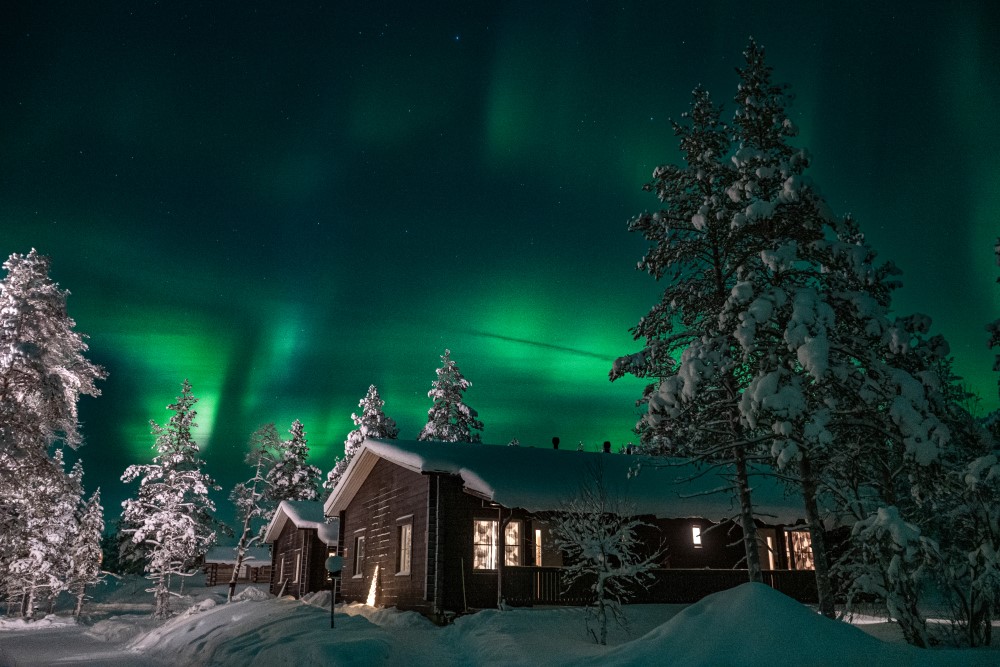
(Image: Muotka, Credit: @ Bolephotography)
The current season started in late-August and with the Sun in the rising phase of its 11 year (approx.) activity cycle we expected increased Auroral occurrences but were totally unprepared for the veritable light fest that has happened since. However, it turns out that there is good reason for this heightened Auroral activity and it is one that has confounded even the smartest of minds.
Have the Brightest Minds in the Solar System got it Wrong?
In autumn 2020, the Solar Cycle Prediction Panel — co-sponsored by NASA and NOAA (National Oceanic and Atmospheric Administration) — gathered to make their predictions for Solar Cycle 25 based on 60 varying models. Collectively, the panel determined that like its predecessor, this new cycle would be a quiet one and predicted a low sunspot count (sunspot count is the main measure of Solar activity).
This was not the news that Aurora hunters were hoping for. Less solar activity generally means fewer and less spectacular Auroral displays.
But hey, guess what? Thus far, the panel has proven to be wrong!!
As you can see from the area circled in red in the diagram below, the number of sunspots has far exceeded the panel’s forecasts and, it is this unanticipated activity that is driving the current series of unforgettable Auroral displays.
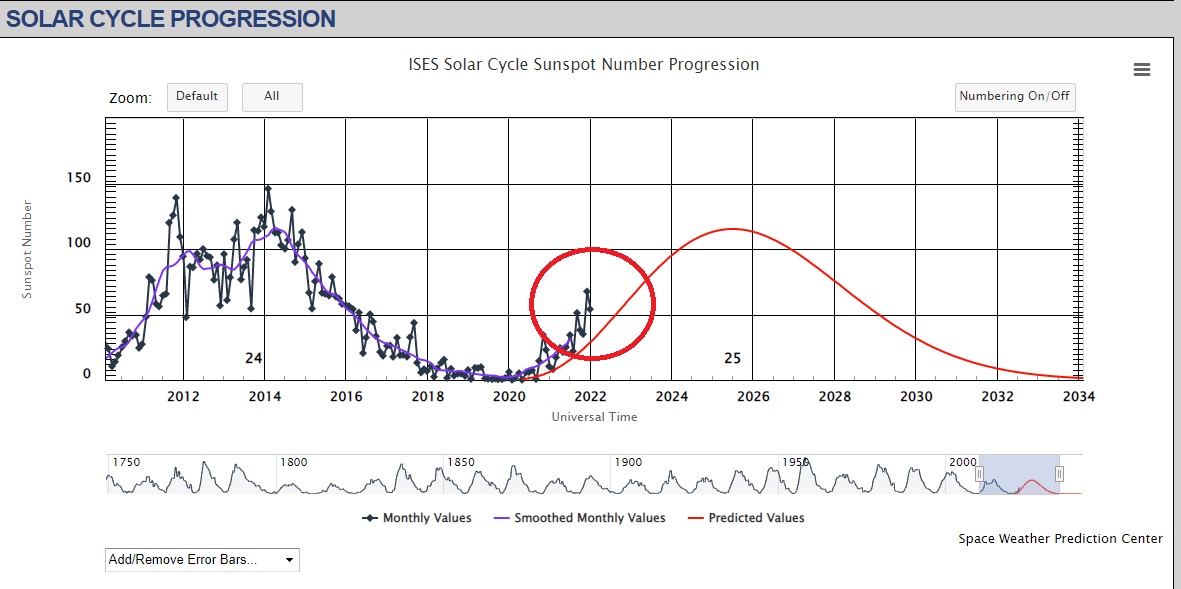
(Credit: https://www.swpc.noaa.gov/products/solar-cycle-progression)
It just goes to show that even the finest minds on the planet are no match for Mother Nature’s truculence.
Is There More to Come?
This is the six million dollar question isn’t it?
My honest answer is that I don’t know. There were periods during Solar Cycle 24 when sunspot activity exceeded the Solar Cycle Prediction Panel’s forecasts so this elevated activity could very well be temporary.
However, I’m not one to bet against Mother Nature.
March, September and October are the months when the geomagnetic activity that causes the Northern Lights to appear in the night sky is at its highest. I think it is very possible that we are heading into a perfect storm of increased solar activity around the spring and autumn equinoxes.
For me, the weeks around the equinoxes have always been the best times to see the Northern Lights and I’ve rarely, if ever, been more excited about the prospects this time around. I honestly cannot wait. All the indications are that we are set for yet more unforgettable nocturnal lightshows.
Click here to view our holidays to Finnish Lapland, Swedish Lapland & Northern Norway.







